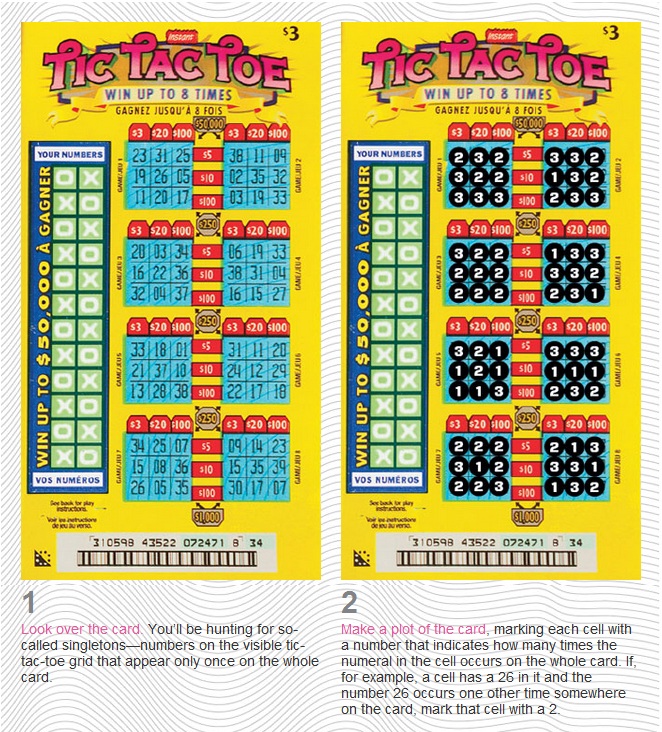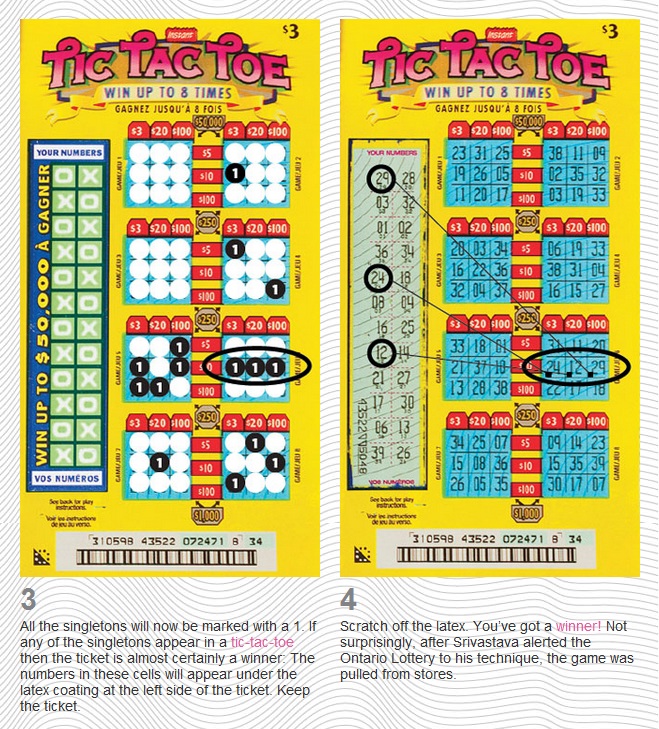Read a pretty awesome article on cracking the lottery from wired.com a couple weeks ago. It’s a bit lengthy but worth a read if you’re interested in having a go at becoming a professional lotto scratcher. I would not be surprised one bit if there are still some lottos out there that are beatable run by people who are either ignorant or apathetic about ensuring the “integrity” of the lottery.
Before you go out and buy yourself 100s of lottery tickets I will summarize for you how it’s done:
The entire system hinges on a couple of things.
1. You must have a method of getting rid of unscratched tickets. The majority of these will be losers so good luck. Some stores apparently let you return unscratched tickets. If you can’t get rid of them by returning them, you would have to find a way to resell them on some secondary lotto ticket market. This is somewhat difficult and may in fact be illegal though it’s pretty unlikely any authorities are going to bother enforcing it. Ebay forbids resale of lotto tickets so you can not use them.
2. You must be able to predict whether an unscratched ticket is a winner or not with a greater than non random chance. This is obviously the hard part and is what you are wondering. Well Mohan Srivastava first discovered how to do this way back in 2003 and has done so a number of times since using a variation of his singleton method. This image from page 3 of the wired.com article explains it nicely.
Good luck and happy scratching! I take no responsibility for any money you waste buying lotto tix and failing to make this strategy work btw.
Part 1 of an 11 part video with running time of ~90 minutes. Michael Larson figured out how to beat the game show “Press Your Luck” that was supposed to be completely random but wasn’t. He got away with it as nothing he did was illegal and ended up walking away with 110k in 1984 for his efforts.

